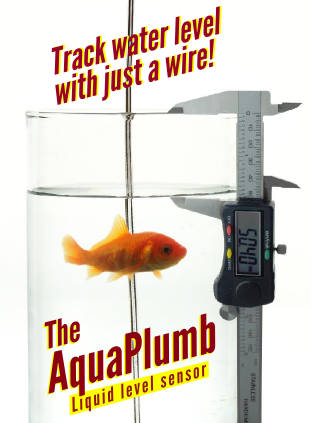Lead Screw Torque and Force Calculator
When designing machinery that uses lead screws, it's a common task to try and figure out the size of motor needed to drive a given force with a lead screw. This calculator will calculate torque given the lead screw parameters and the required force.
There are two torques the torque to raise the load and the torque to lower the load.
Once the torque is calculated an appropriate stepper can be selected.
| Common Stepper Motor Typical Torque Ranges and Dimensions | |||
|---|---|---|---|
| Motor | Torque in N*cm | Dimensions | Shaft Diameter |
| NEMA 8 | 4 | 20mm sq | 4mm,5mm |
| NEMA 11 | 11-13 | 27mmx sq | 5mm |
| NEMA 14 | 9-15 | 35mmx sq | 5mm |
| NEMA 17 | 44-54 | 42mmx sq | 5mm |
| NEMA 23 | 180-300 | 57mmx sq | 0.25 in |
| NEMA 34 | 200-1100 | 86mmx sq | 14mm |
Coefficient of Friction for Leadscrew Threads
| Screw Material | Nut material | |||
|---|---|---|---|---|
| Steel | Bronze | Brass | Cast iron | |
| Steel, dry | 0.15 - 0.25 | 0.15 - 0.23 | 0.15 - 0.19 | 0.15 - 0.25 |
| Steel, machine oil | 0.11 - 0.17 | 0.10 - 0.16 | 0.10 - 0.15 | 0.11 - 0.17 |
| Bronze | 0.08 - 0.12 | 0.04 - 0.06 | - | 0.06 - 0.09 |
Equations:
These equations come from the Wiki article on force.
Torque(raise) = F*Dm/2*(L+u*PI*DM)/(PI*Dm-u*L)
Torque(lower)= F*Dm/2*(L-u*PI*DM)/(PI*Dm+u*L)

